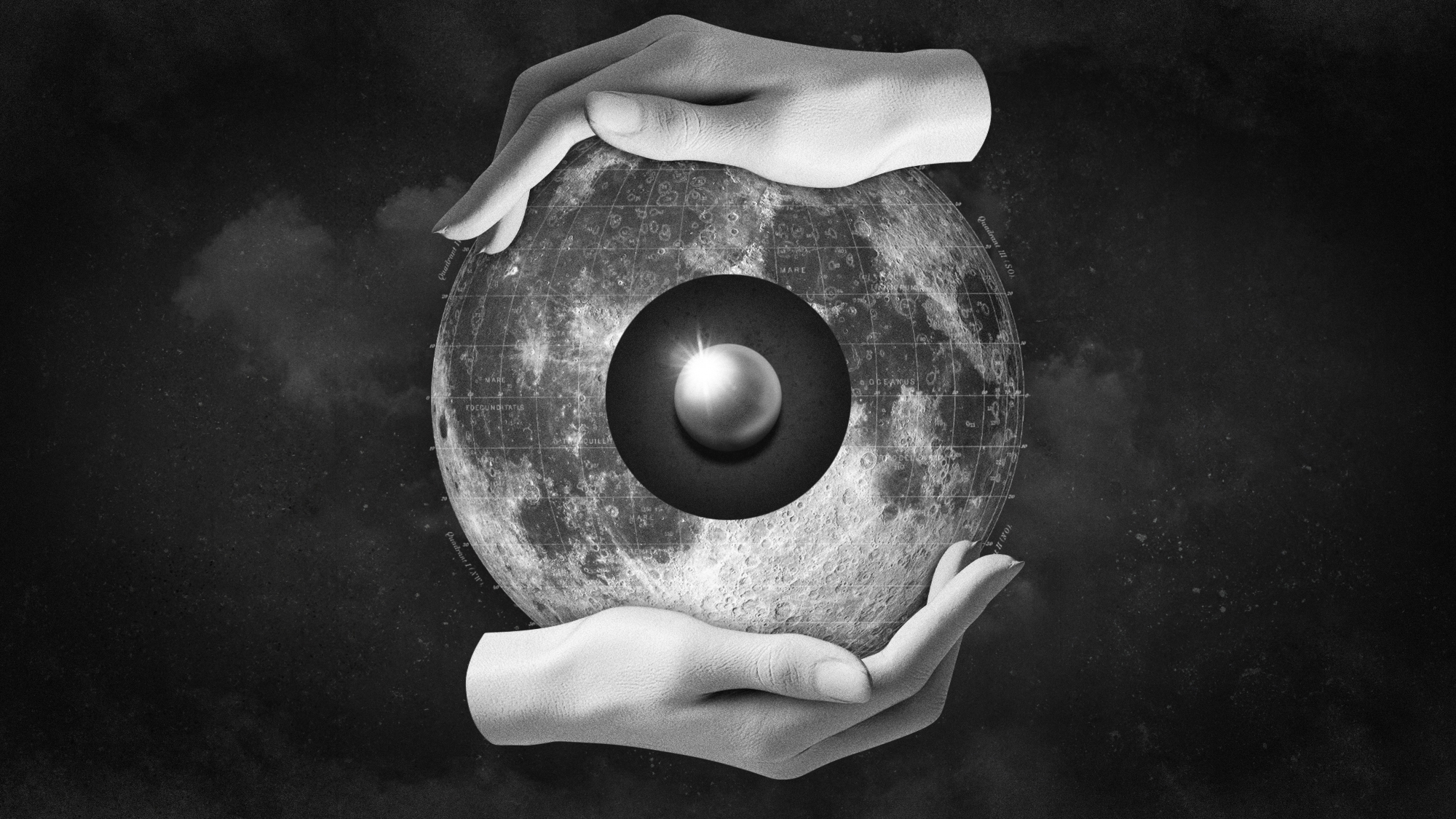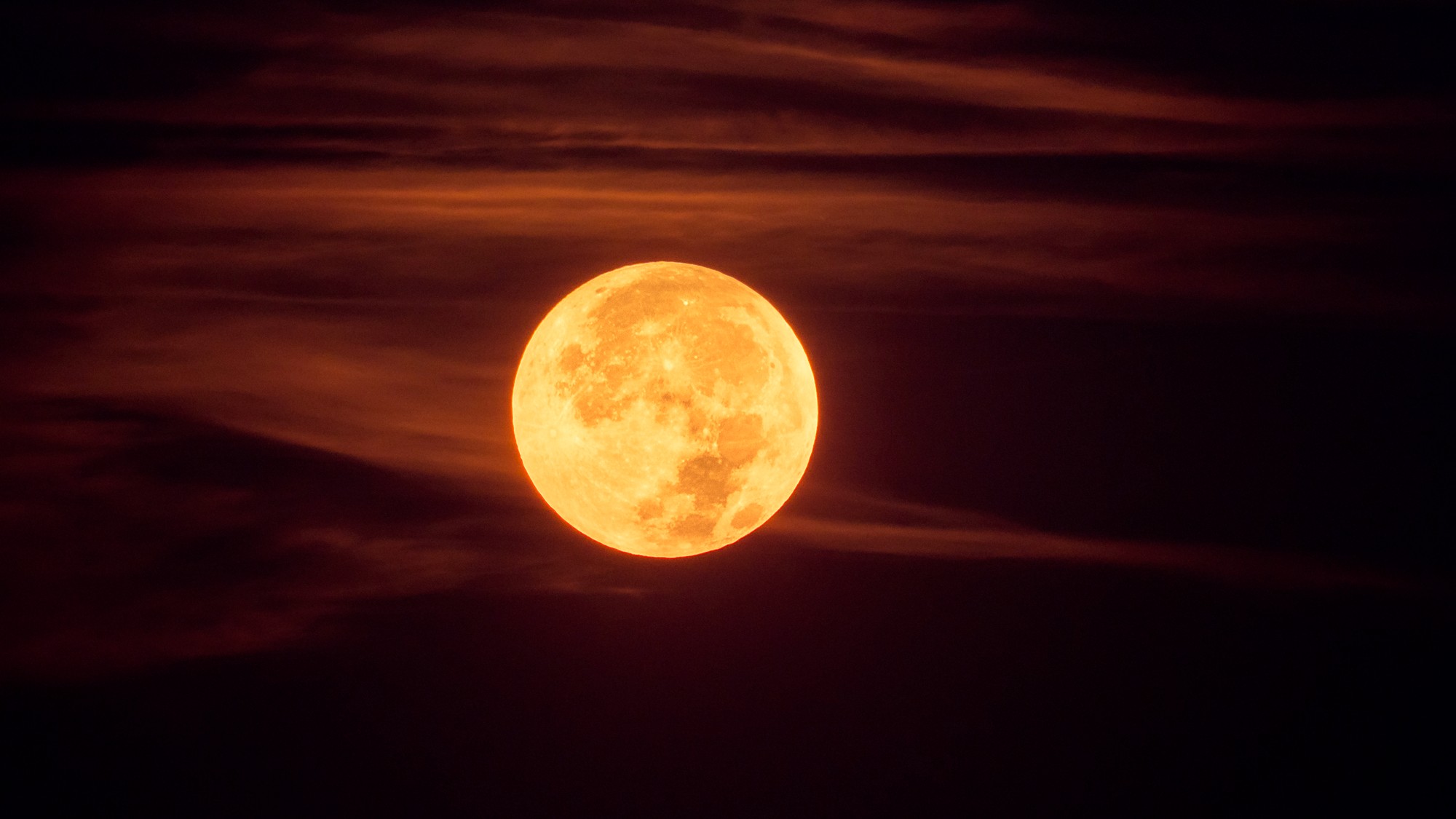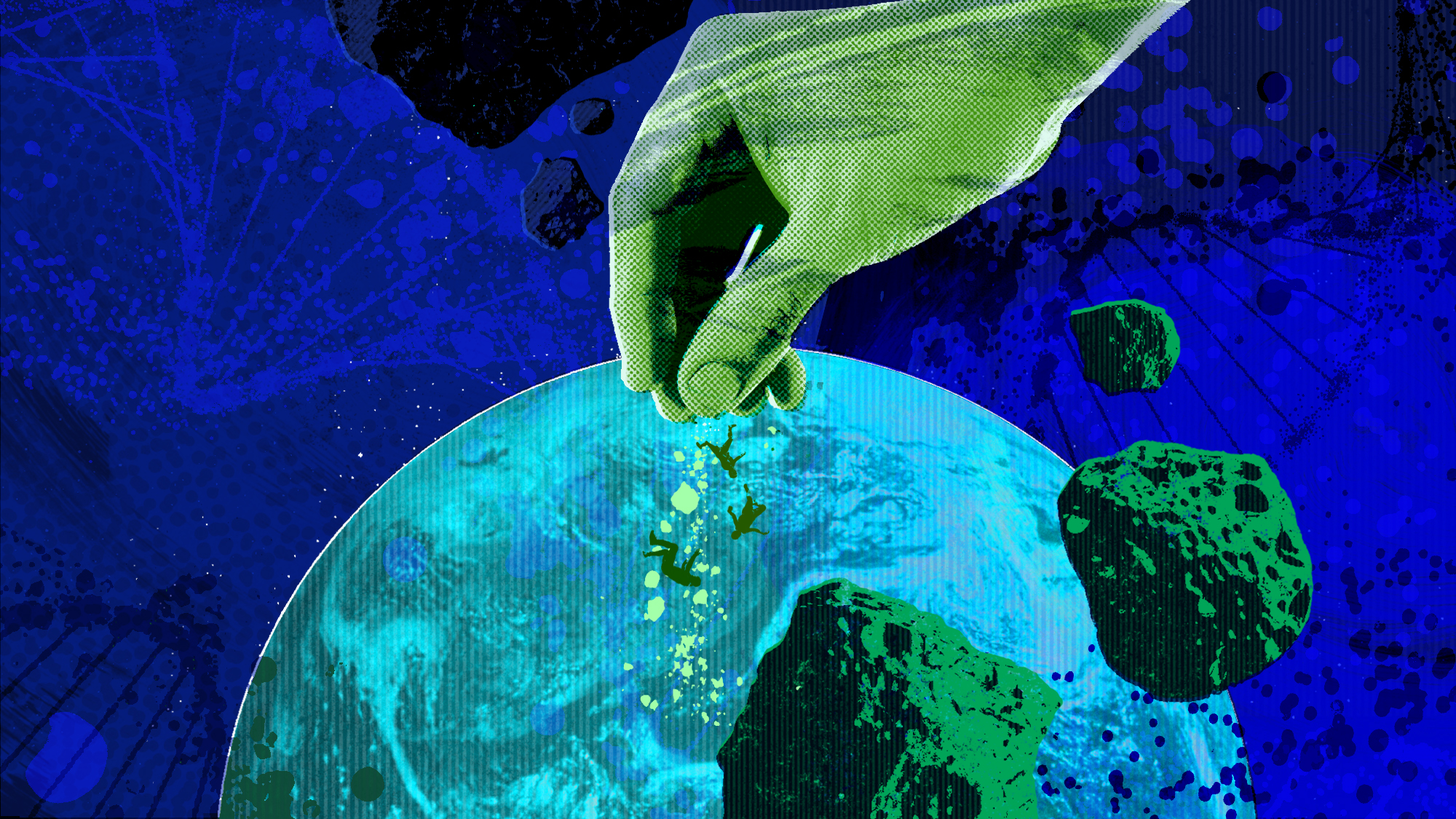The treasure trove of platinum on the moon
This kind of bounty could lead to commercial exploitation


The moon is likely to become the next mining hot spot, as there may be extensive platinum and other metal deposits in its craters. Guidelines about resource mining on the moon are still not solidified, so this could lead to problems with more countries and private companies trying to stake their claim. But the potential for platinum could also entice private companies to invest more in space exploration.
Mine on the moon
There might be more than $1 trillion worth of platinum deposits on the moon, according to a paper published in the journal Planetary and Space Science. Of the 1.3 million craters on the moon with a diameter greater than one kilometer, "nearly 6,500 were made by asteroids containing commercial quantities of platinum," said New Scientist. This "highlights the potential viability and profitability of lunar mining endeavors compared to mining asteroids in orbit," said the paper.
Countries have already been involved in a modern space race to put humans back on the moon, and the profit potential could bring more interested parties. Nobody owns the moon because of the Outer Space Treaty of 1967. But as the potential for resources becomes imminent, the rules are likely to change.
The Week
Escape your echo chamber. Get the facts behind the news, plus analysis from multiple perspectives.

Sign up for The Week's Free Newsletters
From our morning news briefing to a weekly Good News Newsletter, get the best of The Week delivered directly to your inbox.
From our morning news briefing to a weekly Good News Newsletter, get the best of The Week delivered directly to your inbox.
The treaty notably "leaves key questions unanswered," said Rebecca Connolly, an adjunct senior lecturer at the University of Sydney Law School, to New Scientist. This includes "clarity on the rules and governance for ownership of extracted resources, commercial licensing rights, equitable benefits sharing, environment protection standards to avoid harm, and regulations for long-term occupation and permanent infrastructure on the moon."
To address some of the unknowns, NASA and the U.S. spearheaded the Artemis Accords in 2020. These "provide a common set of principles to enhance the governance of the civil exploration and use of outer space," said NASA. Though the accords are nonbinding, 55 countries have signed on as of last month. Russia and China, two of the most proactive countries trying to reach the moon, have not signed on.
Exploration economics
A monetary incentive for reaching the moon could change space exploration as we know it. Astronomy is "done to satiate our curiosity," said Jayanth Chennamangalam, an astrophysicist and the lead author of the study, to New Scientist. It has "very few practical applications" and is "mostly paid for by taxpayer money." If we can "monetize space resources, be it on the moon or on asteroids, private enterprises will invest in the exploration of the solar system."
While that could lead to wider research being done, it could also lead to the exploitation of the moon. It was recently listed as a threatened historic site for this very reason. "Take one last good look at the moon tonight," Luis Prada said at Vice. "There might be a time when the moon is not so innocent and pretty anymore and you only see cynical corporate greed."
A free daily email with the biggest news stories of the day – and the best features from TheWeek.com
Devika Rao has worked as a staff writer at The Week since 2022, covering science, the environment, climate and business. She previously worked as a policy associate for a nonprofit organization advocating for environmental action from a business perspective.
-
 Australia’s teens brace for social media ban
Australia’s teens brace for social media banIn The Spotlight Under-16s will be banned from having accounts on major platforms
-
 Labour’s dilemma on workers’ rights
Labour’s dilemma on workers’ rightsThe Explainer TUC says Employment Rights Bill is ‘essential to better quality, more secure jobs’ but critics warn of impact on economic growth
-
 Coaches’ salary buyouts are generating questions for colleges
Coaches’ salary buyouts are generating questions for collegesUnder the Radar ‘The math doesn’t seem to math,’ one expert said
-
 Blue Origin launches Mars probes in NASA debut
Blue Origin launches Mars probes in NASA debutSpeed Read The New Glenn rocket is carrying small twin spacecraft toward Mars as part of NASA’s Escapade mission
-
 ‘The Big Crunch’: why science is divided over the future of the universe
‘The Big Crunch’: why science is divided over the future of the universeThe Explainer New study upends the prevailing theory about dark matter and says it is weakening
-
 The moon is rusting
The moon is rustingUnder the radar The Earth is likely to blame
-
 Panspermia: the theory that life was sent to Earth by aliens
Panspermia: the theory that life was sent to Earth by aliensUnder The Radar New findings have resurfaced an old, controversial idea
-
 Africa could become the next frontier for space programs
Africa could become the next frontier for space programsThe Explainer China and the US are both working on space applications for Africa
-
 Canyons under the Antarctic have deep impacts
Canyons under the Antarctic have deep impactsUnder the radar Submarine canyons could be affecting the climate more than previously thought
-
 NASA is moving away from tracking climate change
NASA is moving away from tracking climate changeThe Explainer Climate missions could be going dark
-
 Atoms into gold: alchemy's modern resurgence
Atoms into gold: alchemy's modern resurgenceUnder the radar The practice of alchemy has been attempted for thousands of years
